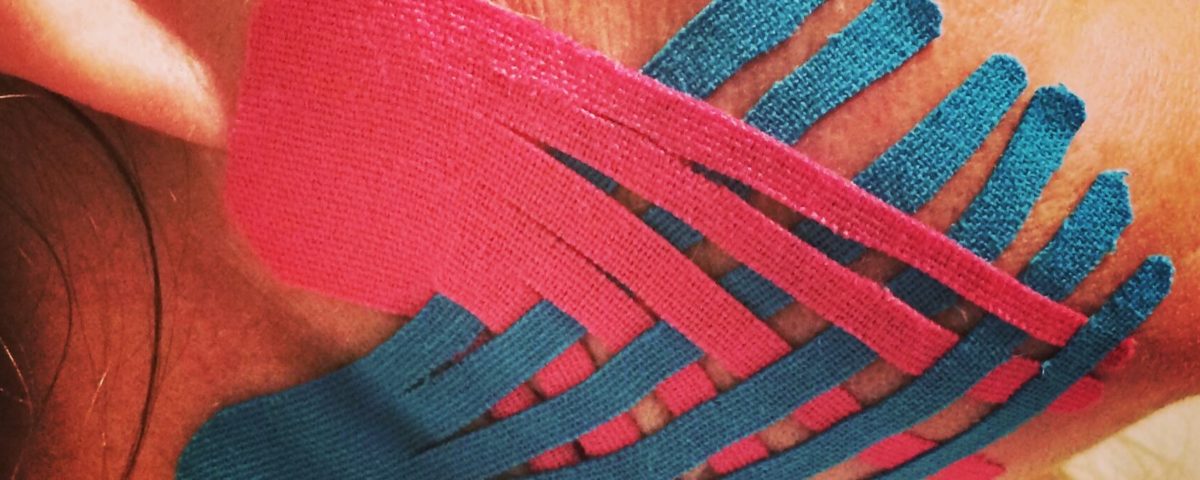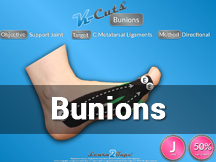From the first time I ever learned to apply kinesiology tape, my biggest attraction to it was in its ability to reduce swelling. I have had wonderful success with other applications, but when used for swelling, I always knew I could count on it being effective (provided the assessment was thorough). Now I have always stated that I believe that kinesiology tape is MOST effective when used in conjunction with other types of manual medicine. I personally view its most practical use as an adjunct to our treatment outcomes. However, I have also applied the tape as a singular methodology and had decent outcomes as well. Primarily with swelling applications.
The beauty of these swelling applications is that they are easy to apply (provided you follow some basic instructions). So easy, that patients can be taught how to reapply. If you are also looking at this from a revenue angle, than you may consider the retail options as well. I have several suggestions for this. Perhaps in the next post. 🙂
Back to the swelling applications. Studies are showing more and more how effective kinesiology taping applications are for certain conditions. Some studies have their holes, but a key take away from the quality ones is that tape is often being applied alone, with no additional tissue input. Often, kinesiology tape is found to be as effective as ultrasound, electrical stimulation and even surgical grade equipment. As a massage therapist in Massachusetts, it is outside our individual scope of practice to use these devices, so adding the benefits of kinesiology tape to our treatment plan is ideal. However, also knowing that applications can be successful without our manual input, is a great way to build patient confidence and compliance by showing them how to continue the care on their own, when appropriate.
In a recent study, on The Impact of the Use of Kinesio Taping Method on the Reduction of Swelling in Patients After Orthognathic Surgery, authors concluded, “the analysis of the impact of the practical use of the lymphatic KT on complications after orthognathic surgery revealed that it had a beneficial effect on the reduction of swelling. The use of the KT method seems promising because it is simple to carry out, not traumatic, economical and rarely causes undesirable allergies.”
In another study that measured the Effects of Kinesio taping compared to arterio-venous Impulse System™ on limb swelling and skin temperature after total knee arthroplasty concluded, “Kinesio taping as a lymph application represents an equivalent alternative to the A-V Impulse System™ for therapy after total knee arthroplasty with regard to soft-tissue swelling and wound healing.”
Kinesiology tape is slowly and quietly creeping into our treatment rooms as well as homes. The more we understand and share the use of this simple yet effective treatment tool, the more we are going to help others. Like I preach in our live workshops, taping is easy, like riding a bike is easy. However, you do need just a little coaching and guidance to get you on your way successfully. When we fail to apply the tape correctly or worse, instruct others incorrectly, it is the tape that is typically blamed, not the applicator.
Tape on!






